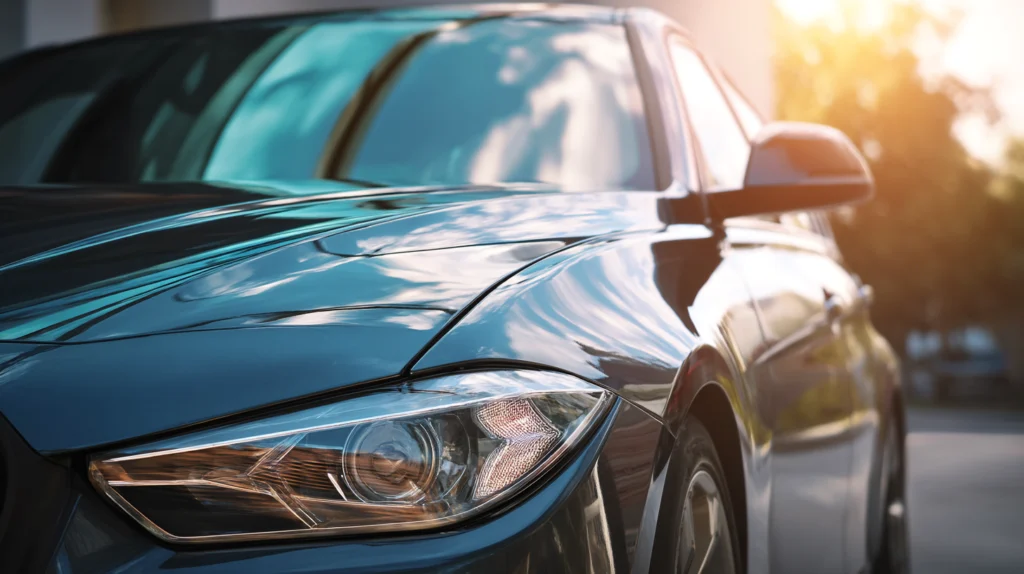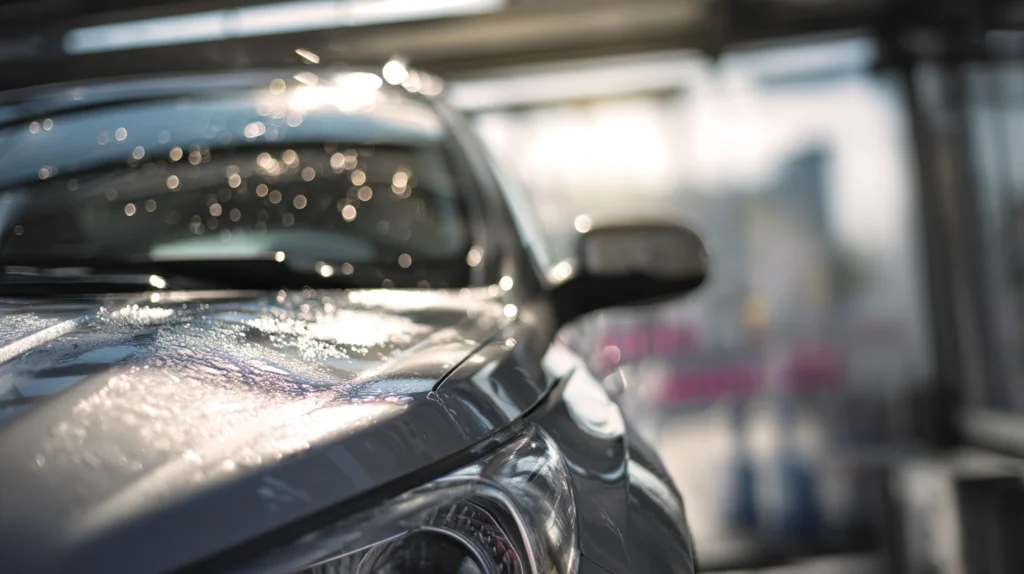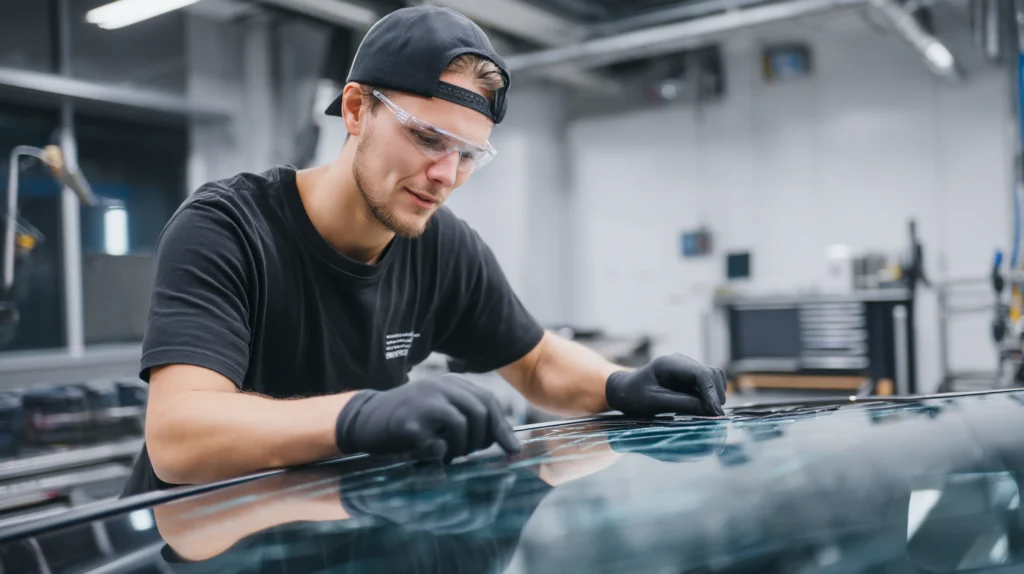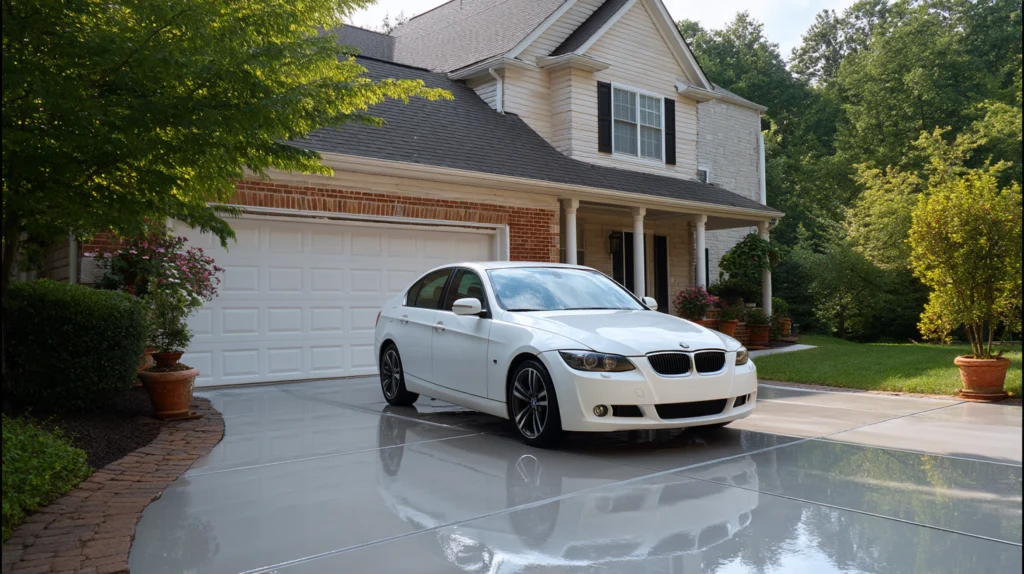Your Complete Guide to Protecting Your New Glass
A newly replaced windshield is more than a fresh piece of glass, it is a major safety component that restores visibility, structural integrity, and long term protection for your vehicle. At Re Lux Collision, we want every driver to understand the essential do and don’ts after windshield replacement so your new windshield performs the way it should. The first few hours and days after windshield installation affect everything from the adhesive bond to how well the windshield’s seal holds up over time. When you follow clear aftercare tips and avoid habits that can potentially damage the new glass, you protect both your vehicle and your investment. This guide walks you through every important detail so you can keep your new windshield in the best condition possible.
Why Proper Aftercare Matters for a Newly Replaced Windshield
Many modern vehicles rely on their windshield for far more than visibility. The windshield supports airbags, contributes to the vehicle’s structural integrity in a rollover, and helps maintain cabin stability during impact. When you have your old windshield removed and a new windshield installed, the adhesive must go through a curing process to form a strong, reliable connection. The adhesive’s curing process does not happen instantly. It depends on weather conditions, temperature, air pressure inside the vehicle, and how the car is treated during the first 48 hours. Sudden pressure changes, road vibrations, bumpy roads, high speeds, or slamming doors can interfere with how the adhesive cures. This is why understanding the do and don’ts after windshield replacement is so important. What you do, and what you avoid, protects both the adhesive bond and the windshield in place.
The Do’s After a Windshield Replacement

Following these actions will help you keep your new windshield protected during the adhesive’s setting process and beyond. Each habit supports proper curing and reduces unnecessary stress on the new glass.
Do Wait for the Adhesive to Cure Properly
Your windshield installation uses a strong glass adhesive that needs at least a day to reach initial strength. Even though your technician may tell you that safe drive time is about one hour, the adhesive’s curing process continues long after that. The adhesive needs stable conditions to cure properly, which keeps the windshield’s seal secure and maintains long term safety standards. Avoid driving long distances or rough roads until the adhesive has fully cured. If you must take a quick trip, choose routes with smooth pavement and minimal traffic to reduce vibrations.
Do Leave the Retention Tape in Place
Retention tape, also known as windshield tape, helps keep the windshield moldings and new glass stable while the adhesive cures. It also prevents dust and debris from interfering with the adhesive bond. Leave the tape for at least 48 hours unless your technician instructs otherwise. Do not try to carefully remove it early. Even a small change in alignment can weaken the seal.
Do Keep One Window Slightly Open
Keeping one window slightly open helps manage internal air pressure. When windows and doors are fully closed, pressure builds inside the vehicle. This pressure can push against your newly replaced windshield and add unnecessary stress to the adhesive bond. Leaving a window slightly open for at least a day minimizes interior pressure changes and protects the curing process.
Do Gently Close Doors and Avoid Slamming Doors

Slamming doors can create sudden pressure changes in the cabin. This pressure pushes outward against the windshield and can disrupt the adhesive’s setting process. For the first 48 hours, gently close your car door, your trunk, and your side windows. Encourage everyone who rides with you to do the same. Even one hard slam creates significant force that may shift the windshield in place.
Do Park Away From Direct Sunlight
Direct sunlight can heat the glass unevenly and affect adhesive curing. Parking indoors or under shade keeps the temperature stable. Weather conditions such as heavy rain, heavy winds, or rapid temperature swings can interrupt the curing process as well. Whenever possible, park your vehicle in covered areas and avoid exposing the newly replaced windshield to harsh elements.
Do Drive Carefully and Avoid Bumpy Roads
Road vibrations and bumpy roads interfere with the adhesive bond and the settling of windshield moldings. For the first 48 hours, avoid driving on rough roads, unfinished construction areas, or any route with potholes. If needed, find alternate routes with smoother pavement to reduce unnecessary stress on the new glass.
Do Inspect the Windshield Installation Later the Same Day
Once the adhesive has had time to set, check the edges of your windshield for a smooth, even finish. Listen for wind noise during a short drive, because wind noise can indicate a loosened or incomplete seal. If anything appears unusual, contact Re Lux Collision right away. We encourage customers to request documentation, ask questions, and report concerns so we can ensure everything meets safety standards.
Do Ensure ADAS Calibration if Your Vehicle Requires It
Many modern vehicles rely on advanced safety systems that use cameras and sensors mounted near the windshield. When you have your windshield replaced, these systems often need calibration. Proper calibration ensures that lane keeping, emergency braking, and forward collision systems continue working accurately. Always confirm your calibration is done by a qualified team.
The Don’ts After a Windshield Replacement

Avoiding certain actions is just as important as following best practices. Knowing the critical don’ts after windshield replacement helps protect the adhesive bond and prevents future problems.
Don’t Slam the Car Doors
Slamming doors increases air pressure inside the cabin. This pressure pushes outward on the windshield and could weaken the seal. Even if the adhesive appears secure, it may still be vulnerable during the adhesive’s setting process. Treat the car gently and make sure passengers understand the importance of avoiding slamming doors.
Don’t Use a High Pressure Car Wash
High pressure car washes and power washers can disrupt the curing adhesive. A high pressure car wash uses strong jets that can dislodge windshield moldings or press water under the seal. Wait at least 48 hours before getting the car washed. After this time, hand wash is safest. Avoid automatic car washes until the adhesive has fully cured. If you need the car washed sooner, gently clean the vehicle yourself while avoiding the windshield edges.
Don’t Expose the New Glass to Harsh Weather
Heavy rain, heavy winds, and extreme temperature changes can interfere with the curing process. During the first 48 hours, avoid driving during storms and park indoors when possible. Severe weather conditions add stress to the windshield in place and could weaken the adhesive bond.
Don’t Mount Devices on the Windshield
Avoid attaching suction cup mounts, dash cams, or GPS devices to your windshield during the curing process. These devices create localized pressure points that can interfere with how the adhesive cures. Wait at least 48 hours or longer before reattaching anything to the new glass.
Don’t Lean on the Windshield or Push on the Glass
Applying pressure to the windshield, even gentle pressure, can shift the glass before the adhesive is fully cured. Remind anyone working around the car to avoid touching the windshield or resting items on it.
Don’t Ignore Strange Sounds
Wind noise, rattling, or whistling sounds during driving may mean the seal has been compromised. Because wind noise is often the first sign of an incomplete bond, address it right away. A damaged windshield or a shifted installation should be inspected immediately to prevent future issues.
Don’t Drive Aggressively Right After Installation
Avoid driving at high speeds until the adhesive cures. Sudden movements, quick stops, or swerving add unnecessary stress and increase the risk of shifting the windshield. Even a quick trip should be slow and controlled.
Don’t Use Car Covers
Car covers can stick to the seal and pull on the molding. The adhesive bond is still forming, and any tugging can cause misalignment.
How Long the Adhesive Takes to Fully Cure

The adhesive used during windshield installation requires time to reach maximum strength. While you may be cleared to drive after one hour, the adhesive bond usually needs 24 to 48 hours to become fully cured. Weather conditions, temperature, humidity, and other factors influence how quickly the adhesive cures. If the weather is cold or extremely humid, the curing process may take longer. Proper curing creates a secure windshield’s seal and ensures the windshield replacement meets safety standards.
Caring for Your New Glass for the First Week
Use gentle cleaning methods during the first week. Avoid car washes that use aggressive chemicals, strong brushes, or excessive pressure. Hand wash is the safest choice. Check your side windows, wipers, and molding edges for debris. Prevent debris from accumulating near the windshield by keeping the cowl area clean. Use mild glass cleaners on your new glass and avoid ammonia based products. If you experience heavy rain during the week, inspect the interior for moisture to catch any early signs of leakage.
Keep your new windshield protected from sudden temperature changes. Avoid blasting hot or cold air directly at the glass. Instead, gradually adjust the temperature to avoid stressing the windshield.
Long Term Tips to Keep Your New Windshield Safe
Avoid following a dump truck or gravel truck closely because rocks can strike the glass and create a cracked windshield. When possible, find alternate routes to reduce exposure to flying debris. Regularly inspect your windshield moldings and seals for changes in appearance. If you notice gaps or looseness, contact a repair shop right away. Avoid car washes that rely on high pressure, especially high pressure car washes that use rotating brushes. Power washers can potentially damage the molding or force water under the seal. Stick with safe hand wash methods.
If you ever have the car washed at a public location, choose gentle options and avoid automatic car washes that use strong jets and rapid blowers. If you suspect a damaged windshield or see new chips forming, get it repaired before the problem spreads.
FAQs About Caring for a Newly Replaced Windshield
How soon can I drive after windshield replacement?
You can usually drive after about one hour, but the adhesive bond will continue strengthening for at least a day.
How soon can I get my car washed?
Wait 48 hours and avoid car washes that use high pressure.
Can I use my defroster?
Use it gently and avoid blasting heat on the new glass.
What if I notice water or wind noise?
Contact us. This can be a sign of an issue with the windshield’s seal.
How soon can I remove the retention tape?
Leave the tape for 48 hours unless instructed otherwise.
Ready for a Quality Windshield Replacement
If you want your windshield replaced with precision and care, our team is here to help. We follow strict safety standards, use high quality auto glass, and ensure every adhesive cures correctly so your vehicle stays safe. Contact us today for a free estimate and keep your new windshield performing at its best.




